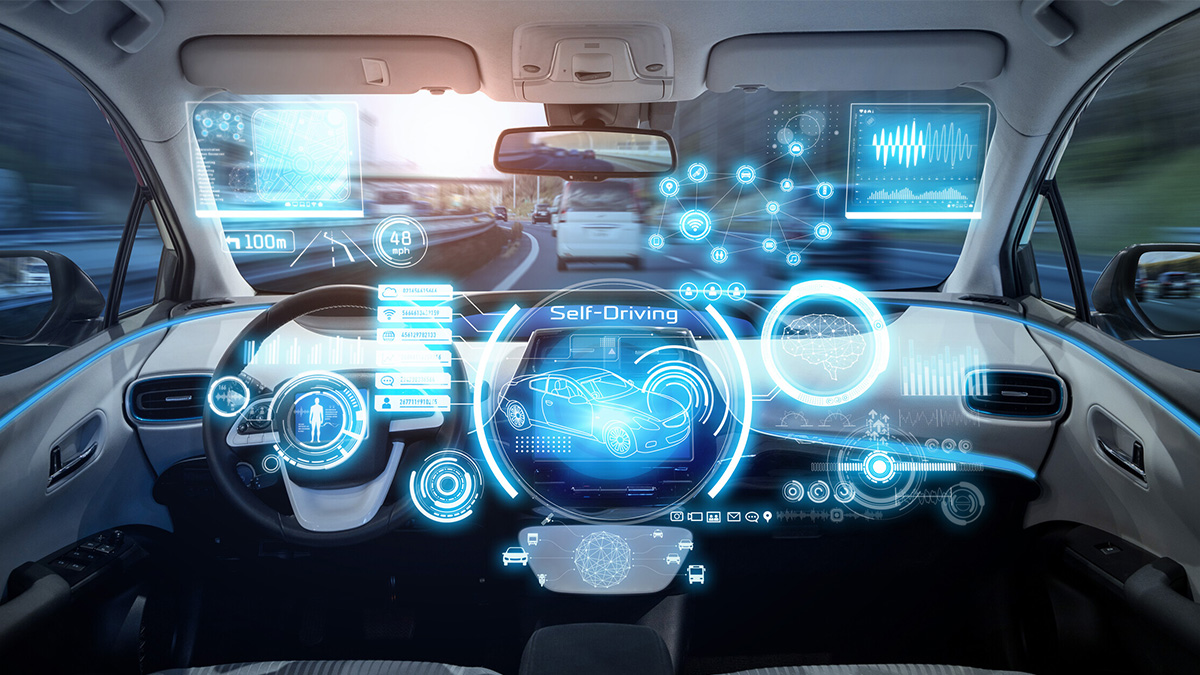A light sensor is a sensor that converts light signals into electrical signals using photosensitive elements. The light sensor is usually composed of both a light projector and light receiver. Light sensors are generally composed of three elements: a light source, an optical path and optoelectronic components. The measured optical changes are converted into changes in electronic signals with the help of photoelectric components. With the growth and development of Internet of Things technology, the application of light sensors is entering all aspects of daily life.
What is A Light Sensor?
A light sensor is a sensor that converts light signals into electrical signals using photosensitive elements. The lens of the light projector focuses and transmits a light signal to a receiving sensor. The receiving sensor converts the optical signal into an electrical signal which performs various switching and control actions. The basic principle of the light sensor is to detect the signal between the light projector and the light receiver, and use the results to complete various automatic controls. Light sensors can be divided into the following forms:
Controlled Type
Principle: Separate the emitter and the receiver at both ends, and if the light between the two is disturbed by an object, the state of the switch will be changed.
Advantages: Long detection distance, and can detect difficult objects, such as shiny surface objects.
Disadvantages: Complicated installation, wiring and calibration
Reflector Type
Principle: The light emitter and the light receiver are installed in the same lens, the light is emitted from the light emitter end, and is reflected back to the receiver end by a reflector.
Advantages: Easy installation and wiring, simple and flexible in calibration
Disadvantages: The detection distance is small, as the light is weakened when reflected from the reflector back to the lens.
Close Reflection
Principle: The light emitter and the light receiver are installed in the same lens. The light emitted by the light emitter is reflected by the surface of the object and then returned to the light receiver.
Advantages: Inexpensive, easy to install and calibrate.
Disadvantage: The detection function may be affected by reflections from the surface of the object.
Fiber Type
Principle: An optical fiber cable is used to guide light from the emitter to the detection area, and also transmit the detected light signal back to the receiver through the same optical fiber.
Advantages: Safe, can be used in places with high temperature, vibration, protrusions.
Disadvantages: The material may deteriorate due to environmental factors.
Future Development Trends
The four major areas of sensor applications are industrial and automotive electronic products, communication electronic products, and special devices for consumer electronic products. The sensor market for industrial and automotive electronic products accounts for about 42% of the sensor market. The future development direction of light sensors will be as follows:
High Integration
Due to the increased focus on miniaturization and integrating multiple sensor components on the same substrate, multifunctional MEMS sensors have been developed which are capable of detecting multiple parameters at the same time.
Low Power Consumption
In an effort to reduce the power consumption of the sensor, ambient energy harvesting is being used to achieve self-supply. This, along with developments in improving battery life, will drive the development of sensors.
Miniaturization
Sensors are seeing miniaturization into "millimeter (mm) - micrometer (um) - nanometer (nm)" size ranges. These types of sensors have the advantages of miniaturization, improved performance, integration into multiple systems, and diversity in use. The miniaturization of the sensor by no means reduces feature of the sensor. High-tech microsystems with new mechanisms, new structures, and new functions, are incorporating MEMS technology, IC technology, laser technology, precision ultra-fine processing technology, etc.
Smart
Technological developments show that digital signal processors (DSPs) will drive the development of many new next-generation sensor products. With the development of 5G communication, big data, AR, VR, cloud computing, etc., as well as the application of new technologies such as robot internal driving and artificial intelligence, the world has entered the era of intelligence from the original era of electricity, and sensors have also ushered in a new era. The new era of intelligence.
High Sensitivity
When a person or object enters the sensing range in front of a photoelectric sensor, the sensor will send an immediate output signal. The output signal will be turned off immediately after the person or object leaves the sensing area. For example, in smart lighting, the lights can be turned on when people enter a room and turned off when they leave.
Regarding current and future development trends of sensors, at the heart of the Internet of Things, they have a huge space for development. At present, sensors are at the center of important development stages of industrial upgrading. With the smart modernization of medical treatment, artificial intelligence, Internet of Things, and smart cities, MEMS sensors have great potential for development in the future.






.jpg)







